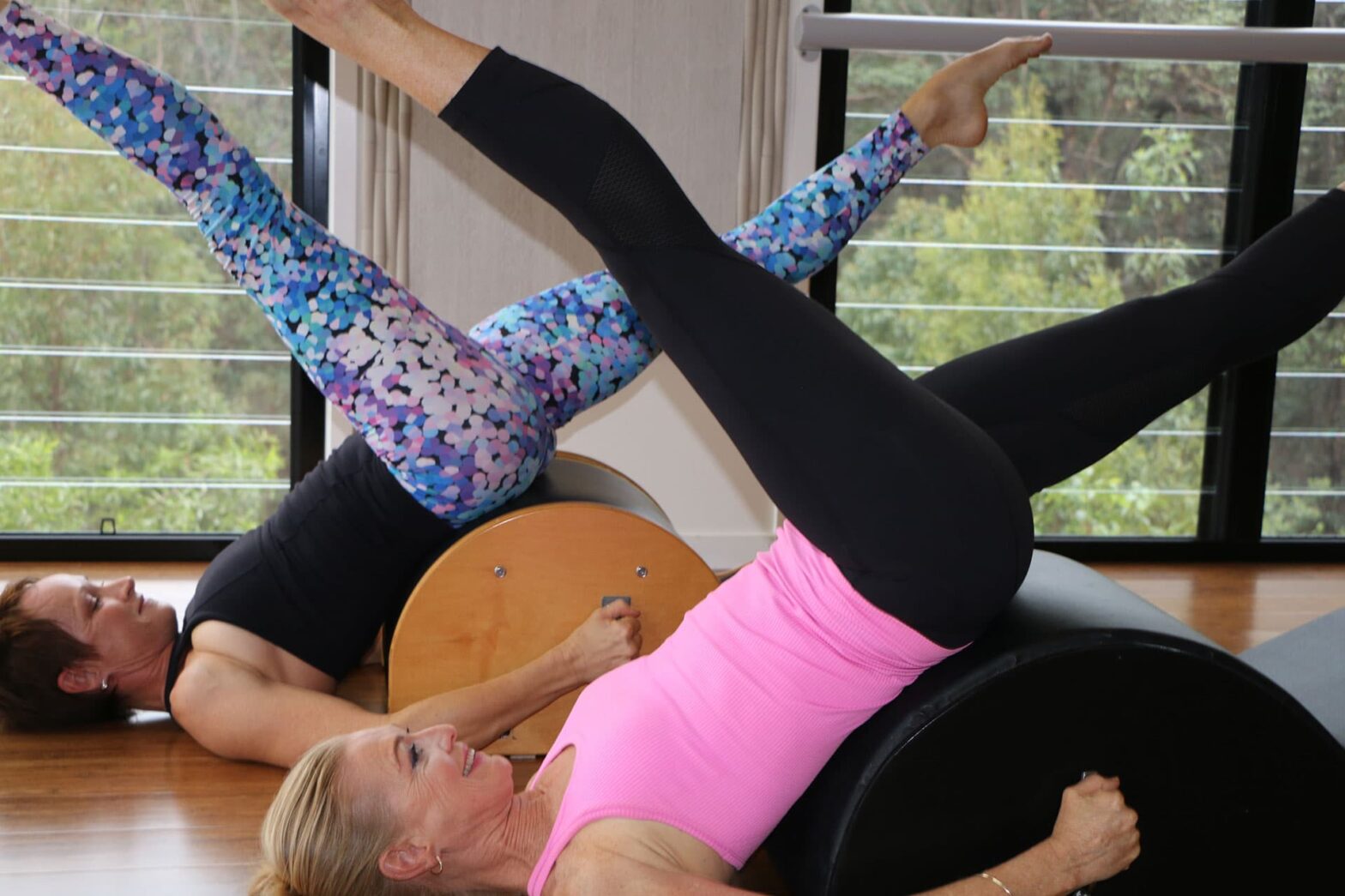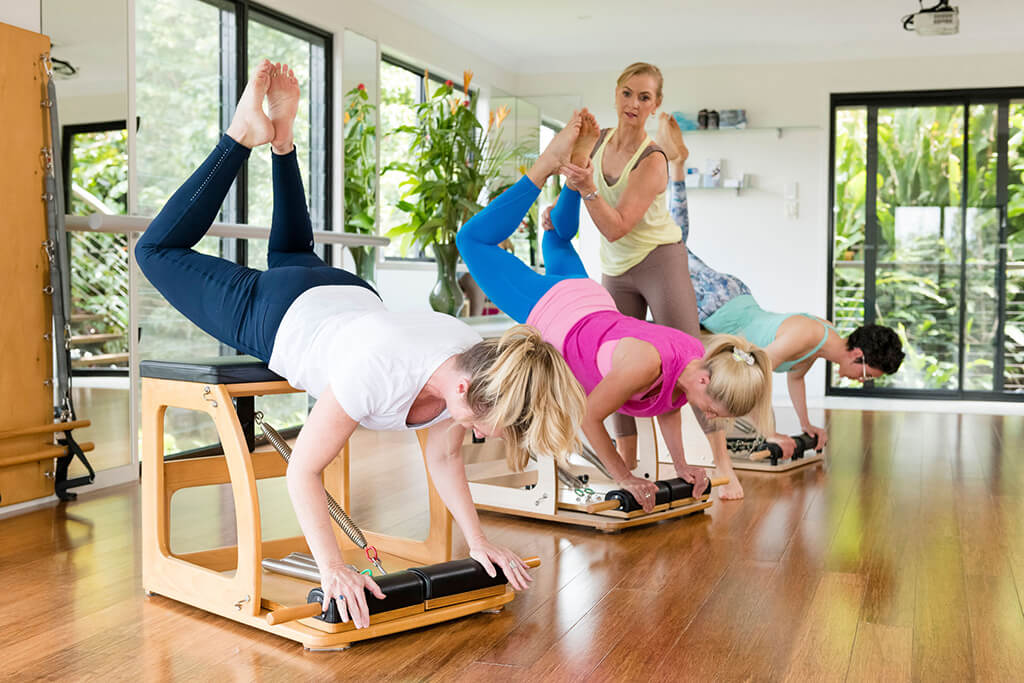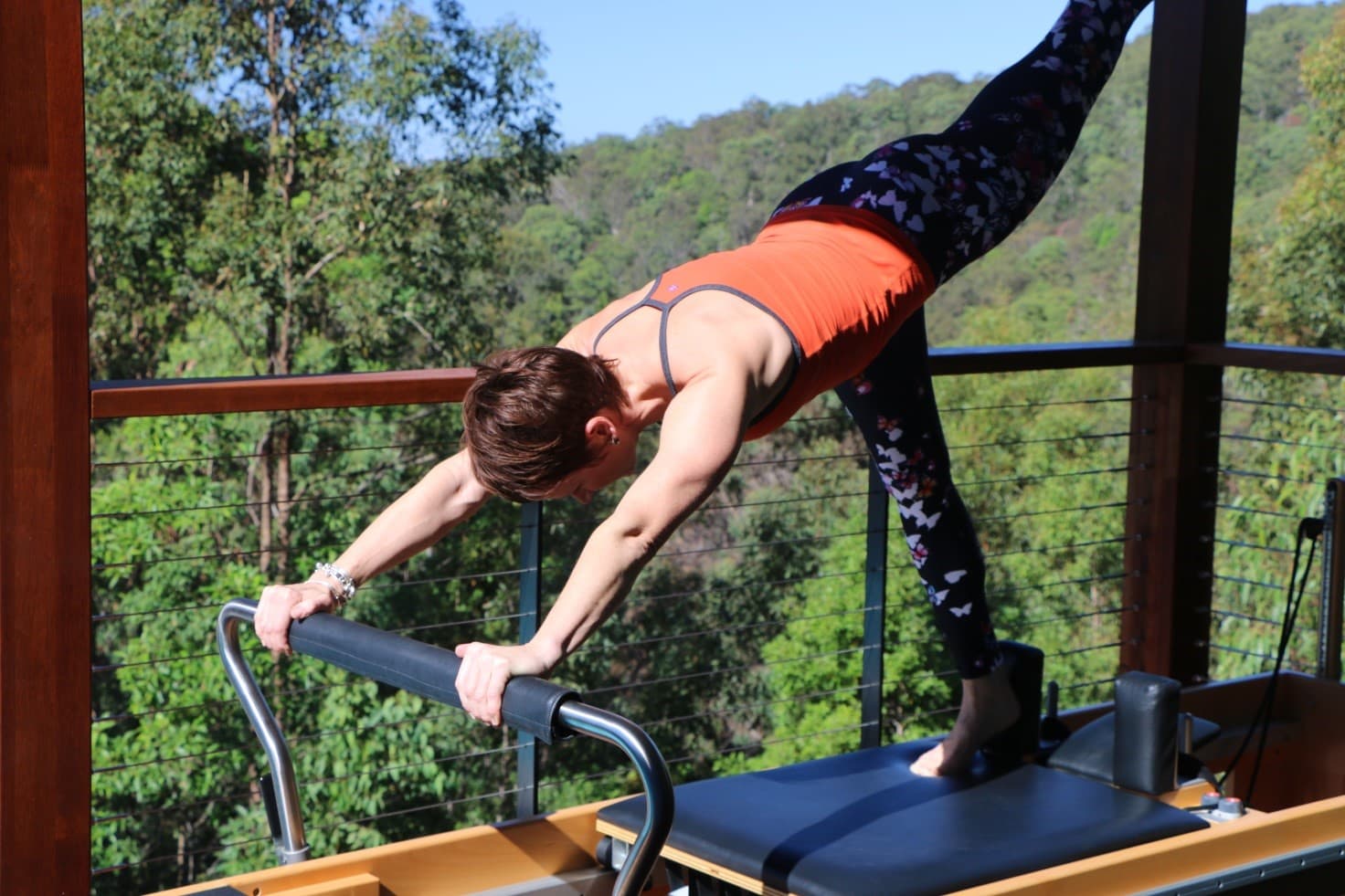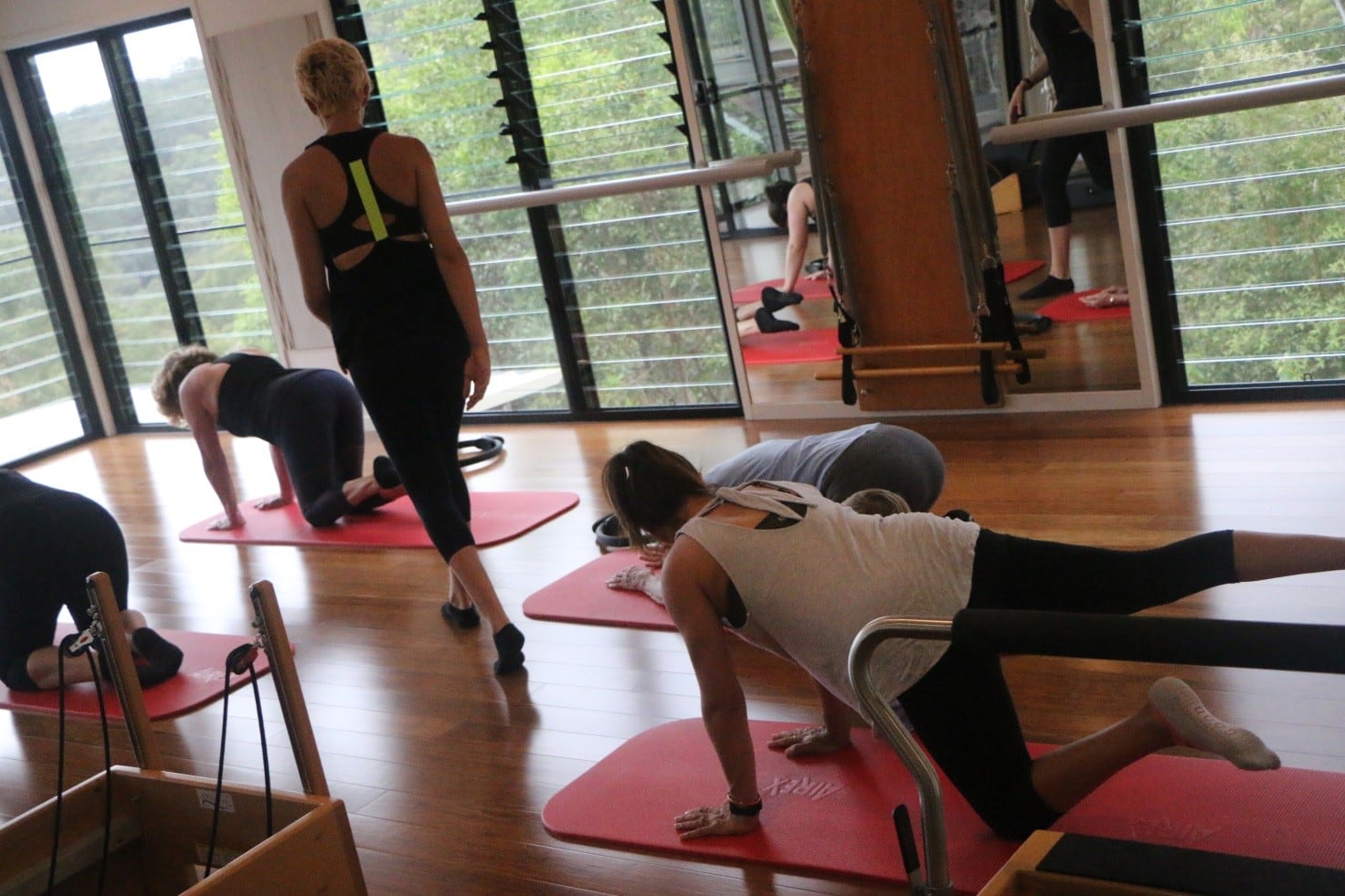
What training do Pilates Instructors have
Posted on June 12, 2019 by adminPilates is an extremely varied practice with many branches and specializations. Pilates can be found in Physiotherapy practices, Chiropractic clinics, at Gyms in public halls and of course in specialist Pilates Studios. At the core of the Pilates method there exists the mat work- this was the original method that Joseph Pilates invented in the early 1900’s by amalgamating his knowledge of yoga, martial arts, boxing and gymnastics. He combined some principles of these methods with his own personal needs and experience, mainly specific breath work designed to exercise the diaphragm and give additional control over the core muscles and intra abdominal pressure. Throughout his career, Joseph expanded his method by inventing a variety of machines and evolving the practice to incorporate a number of small apparatus as well to widen the applications of the Pilates method to include pathology specific programs as well as pregnancy and geriatric care.
In the modern training landscape, a Pilates Instructor may hold a range of qualifications;
- Group Reformer. This qualification is arguably the least regulated of all the training options within Pilates. Often ‘studios’ or franchises deliver their own version of ‘in house’ training, run simply by members of their existing staff. In many of these ‘courses’, Pilates is taught simply as an array of exercises to be performed, often times with groups of 7+ clients under the guidance of one instructor with little to no regard of pre-existing conditions. There are some ‘courses’ that may be more in depth than others so often it is somewhat of a gamble whether the instructor has been given enough knowledge of the body and the Pilates repertoire to deliver the training. It is worthwhile asking about who will be delivering the training and what their experience and skills base may be. Most of the Group Reformer training courses available at the present time are not composed of Government Accredited Units of Competency, and as such, completion of these ‘trainings’ may not be recognised around the country.
- Certificate IV of Pilates. The qualification itself is an indication that any course at this level is Government Accredited. Therefore the trainer should know the entire Pilates matwork repertoire and also have existing qualifications in Training and Assessment as well as a solid background in Pilates. A course like this should include regressions, progressions and variations to the exercises taught. A course at this level should also include knowledge and skills about the correct Pilates breathing and deliver a solid grasp of anatomy, physiology and pathologies. This qualification may also include small equipment as designed by Joseph Pilates including; The Magic Circle, the Foam Roller, Balls and other small apparatus exercises depending on the course.
- Diploma of Pilates. The qualification itself is an indication that any course at this level is Government Accredited. As well as everything listed within the Certificate IV above, a Diploma Course will cover all aspects of the equipment repertoire, covering the Reformer, Cadillac, the Barrel and the Wunda Chair, as well as more in depth anatomy and pathology knowledge, enabling the graduate to work alongside a Physiotherapist or another allied health practitioner for rehabilitative purposes as well as pre and post natal care.
- Advanced Diploma of Pilates. The qualification itself is an indication that any course at this level is Government Accredited. As a postgraduate course, the advanced diploma should delve further into the rehabilitative applications of the Pilates method and management of chronic pain, neurological conditions, musculoskeletal injuries and cancer. Some courses may also offer various forms of somatic therapies such as Hanna Somatics, a sensory-motor training technique that marries very well into the advanced Pilates practice
As the Pilates method continues to grow and evolve, there are new methods being formulated and added to the existing range of exercise with the same core principles remaining intact. Barre and Aquatic Pilates are just two examples of the Pilates fundamentals being presented in a new and engaging light.
The final piece to keep in mind across all these subcategories of Pilates is just how much training the instructor(s) of the Course has undergone. The trainer and their style ultimately is imparted to the students as their knowledge and competency regarding the teaching of the method are the bulk of the face to face training deliver. Pilates is a very specific practice and therefore knowing the body and the principles being delivered is of paramount importance. We highly recommend that you research exactly who will be delivering your training- give them a call or go to their studio/clinic to meet them in person and to find out more about who they are and how they teach.
Latest Blog Post

How To Become a Pilates Teacher in Australia: Your Ultimate Guide
Looking at A Career In Pilates Teaching? So, you love pilates and would like to become a qualified pilates teacher? Let’s help you get started as it can be quite confusing with all the options available. With the right guidance and qualifications tou can turn your passion into a rewarding career as a pilates …
Continue reading “How To Become a Pilates Teacher in Australia: Your Ultimate Guide”

Pilates for runners
Running is popular and accessible form of exercise for many people of all ages. However, runners can be at risk injury due to poor technique and therefore prone to developing pain or discomfort as a result of muscle imbalance or uneven gait cycles. Due to the high impact nature of running, preexisting injuries, weaknesses, imbalances, …

Benefits of mat Pilates
Pilates can promote better general fitness through improved strength and endurance, balance, flexibility, and posture- all preparing the body to be better able to engage in tasks of day-to-day life. Pilates is also an effective method for managing or improving functional limitations resulting from injury, surgery, or existing pathologies. Pilates provides a well-balanced approach to …


